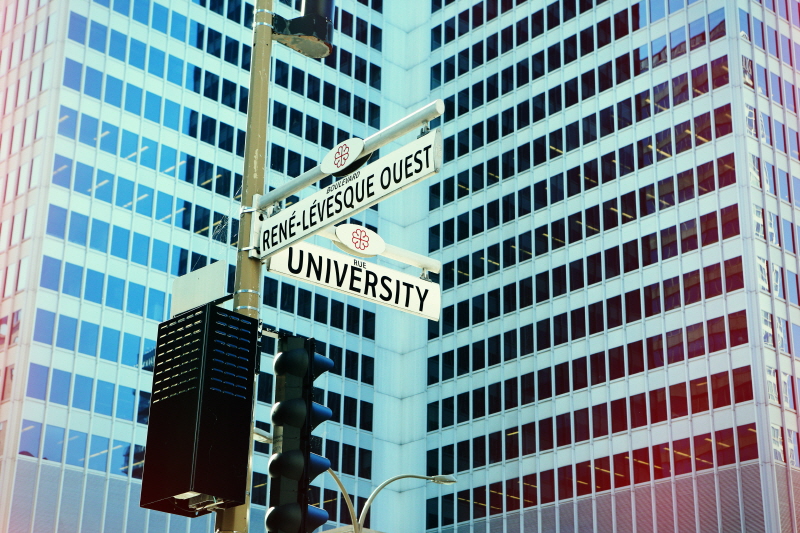 |
Universities nationwide have entered into a massive restructuring process as part of the country’s PRIME (PRogramme for Industrial needs-Matched Education) project, the largest government subsidy programme for higher education institutions. This government-led initiative aims to reorganise university departments—bringing about mergers between some departments and the closure of others—as well as reduce incoming class sizes in order to match 'industry demand'. An incredible subsidy of 30 billion won over three years is offered to the most outstanding applicant, with a further eight successful universities each receiving 15 billion won over the same period. While many university leaders have applied to the PRIME project because of its attractive financial benefits, during a time when university funds continue to be hindered by factors such as frozen tuition fees, the lack of discussion between university leaders and the professors and students directly affected by the restructuring process has become a great cause for concern.
What is the PRIME project and why was it established?
 |
The government expects that with a persistently low birth rate, the number of high-school graduates will decrease significantly from 63 million (the figure in 2013) to 40 million by 2023. It is also predicted that demands in the country’s employment landscape will change. By 2023, it is forecast that the engineering industry will require an additional 21.5 million employees, whereas there could be an oversupply of potential employees related to the humanities and social sciences to the sum of 31.8 million. As a result, the Ministry of Education has undertaken a university restructuring programme which is based largely on the expansion of engineering departments.
Problems with the PRIME project
 |
It seems obvious that university restructuring is essential to prevent the social turmoil which may result from the potential imbalance in manpower allocation. However, the PRIME project is embroiled in controversy due to a range of complex issues. Firstly, the time period for evaluating universities and then selecting the successful applicants is too short. Moreover, the Ministry of Education gives a mere three-month window to universities in which to prepare an application which conforms to particular Ministry of Education objectives, meaning that universities may commit to a restructuring process with more haste than caution. This tends to cause much conflict between various groups of university employees and students. In the process of merging and/or abolishing departments and colleges, university presidents often fail to come to an agreement with students and professors. Following on from this, the second major issue is that the Ministry of Education is simply overlooking the conflicts that emerge within universities as a result of the restructuring proposals. One of the main criteria for submitting a PRIME project application is that there should be ‘agreement across the whole university’; if there are any doubts, these should be reviewed by the Ministry. Thirdly, the effectiveness of the project has been questioned. The dean of an engineering college at a national university, who has requested anonymity, pointed out that while the intent to promote engineering is good, the government’s policies are still somewhat ill-defined. These one-sided rearrangements are destroying the coexistence of various academic disciplines and ignoring the fundamental values of our universities. The Cheonan Campus of Sangmyung University, for example, has prided itself on being a ‘campus specialsing in art and design’, yet the announced plans to implement department mergers and abolitions in order to establish an engineering department—which would negatively impact on the Department of Film and Visuals, Department of Dramatics, and the Department of Culture and Art Management—threaten to completely undermine the place’s core values.
 |
The PRIME project has undoubtedly caused much internal conflict at universities across Korea. In the case of one university, several department deans resigned, and as the intensity of the conflict increased, the university eventually gave up on its application. Last March, Chung-Ang University announced that they had finalised their arrangements and that these had been met with university-wide agreement. However, one of the university’s seven colleges, the College of Liberal Arts, in fact remained opposed to the restructuring. Nonetheless, in order to meet the PRIME project’s application criteria, of which ‘university-wide agreement’ is essential, Chung-Ang University untruthfully and one-sidedly announced that a consensus across all of the university’s colleges had been reached regarding its restructuring proposals.
Just like other universities, Inha University has been going through internal conflicts as a result of the PRIME project; disagreements concerning the restructuring of our university can be traced back to last October. After meetings about restructuring, the College of Liberal Arts and College of Education vehemently rejected the proposals. Faculty members and students of the College of Liberal Arts put up posters which clearly stated their opposition to the restructuring plans. The College of Liberal Arts, in particular, protested strongly against the restructuring proposals of Inha University President Soonja Choe. In response to this pressure, President Choe withdraw her guidelines related to the College of Liberal Arts in December 2015. However, President Choe actually accelerated the preliminary steps for a PRIME project application during the winter vacation. When the new semester began in March, students called upon President Choe to reveal her restructuring plans, but she refused to provide further details of the project until mid-March. In response to her actions, many students have suggested that President Choe has undemocratically attempted to impose a project that merely fulfils her own ambitions.
이지은 dlwldms0014@gmail.com
<저작권자 © 인하프레스, 무단 전재 및 재배포 금지>

![[보도] 제43대 총학생회 후보자 공청회 개최돼](/news/photo/202404/11686_5015_2626.png) [보도] 제43대 총학생회 후보자 공청회 개최돼
[보도] 제43대 총학생회 후보자 공청회 개최돼
![[보도] 제43대 총학생회 후보자 공청회 개최돼](/news/thumbnail/202404/11686_5015_2626_v150.jpg)
![[보도] 총학생회장 선거 열려···학생사회 대표자는?](/news/thumbnail/202403/11668_5014_266_v150.jpg)
![[보도] 무전공·계열제 논의···학생은 어디에?](/news/thumbnail/202403/11666_5011_2238_v150.jpg)
![[보도] 인하 70돌, 다양한 행사 이어져](/news/thumbnail/202403/11663_5009_165_v150.jpg)
